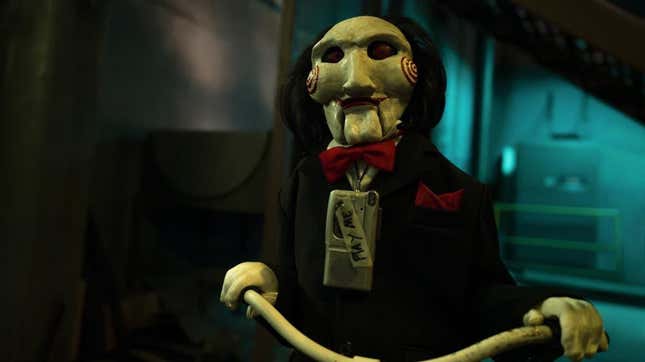
Image: Lionsgate
The Saw series is best known for its elaborate death traps. By the time the series was ending its original seven-film run in 2010, Jigsaw’s elaborate mechanisms designed to mutilate and maim people the serial killer deemed worthy of such torment had become as much characters as their victims. Despite Saw X’s near-universal acclaim in 2023, Lionsgate isn’t reviving the annual death game machine, and Saw XI is coming out in 2025 instead. But it is still Halloween, so it must be Saw. Let’s run down the best traps in each movie. Spoilers ahead!
Most people will point to the iconic Reverse Bear Trap as the original film’s best mechanism of death. It succinctly captures the essence of the Jigsaw Killer’s whole deal, and it’s no surprise, given that it had also been the basis of the original short film that helped get the movie greenlit. However, it didn’t facilitate one of the best twists in horror film history, which the Bathroom Trap did. Its premise is simple: two people are chained by their ankles across a filthy bathroom, with Doctor Lawrence Gordon told all he has to do to leave the game is kill freelance photographer Adam on the other side. They’re given no further instruction, so he’s free to do whatever he deems necessary to make it happen in the few hours he’s allowed. The open-endedness of the Bathroom Trap is what makes it so tense. Where most of Jigsaw’s death machines are short affairs that end in a spectacular, gorey fashion, the Bathroom Trap is psychological warfare charged by human drama. When it reaches its climactic conclusion, Jigsaw has accounted for every possibility, all by stationing himself in the center of the room disguised as a corpse. I still get chills 20 years later watching Tobin Bell stand up. That shit’s cinema.
Okay, okay, Reverse Bear Trap stans, here’s where Amanda Young gets her belated recognition. Amanda, the woman put into the initial Reverse Bear Trap in Saw, returns in Saw II, and she is trapped in a poisoned house filled with more of Jigsaw’s horrifying death games, with antidotes as their prize. There are some real gnarly ones like a furnace someone has to crawl through before being burned alive, and a razor box that slices up a person’s arms as they reach for an antidote. But none of them generate quite the visceral reaction of the Needle Pit. Amanda wasn’t the intended player, but as the hotheaded Xavier throws her into a pit of dirty syringes in his place, she’s forced to rummage around them in search of a key. Saw loves to poke at viewers’ phobias, and despite everything the series has dished out over the years, the Needle Pit remains the trap I’ve been told most people tap out on. It’s almost a shame it comes so early in the series because then they miss out on everything that comes after.
Doctor Lynn Denlon’s trap in Saw III is compelling because it is one of the best examples of Jigsaw manipulating people while still trying to maintain the plausible deniability of him having “never killed anyone.” The mechanism is locked around the doctor’s neck and wired into Jigsaw’s heart monitor. As the cancer patient is nearing the end of his life, he says he must see this final game through and he wants a doctor to ensure he does; otherwise, the mechanism will explode, killing Lynn instantly. The threat of the Shotgun Collar hangs over every scene Lynn is in. Jigsaw has multiple scares throughout Saw III, and even undergoes full-blown brain surgery while the operator has shotgun shells aimed at her throat. By the time it goes off in the film’s final scene, the audience feels the exact same dread Lynn does, having to leave the movie knowing she won her game, and this carnage was entirely avoidable.
There are very few Saw traps that feel cathartic because more often than not, the people who are put in Jigsaw’s line of fire are undeserving of the pain inflicted on them. Saw IV, however, tries to make a case that some people deserve what Jigsaw does to them. The victims of the movie are criminals who have hurt other people, and Officer Daniel Rigg has to make the decision about whether to help them out of Jigsaw’s traps or not. There’s a sex worker who trafficked other women, a serial rapist, and an abusive father. It’s essentially Jigsaw’s twisted version of a recruitment ad, and so as you’re watching these people get torn to shreds, he believes you might walk away feeling like they had it coming. The most visually striking of all the traps in this film is the Spike Trap. The aforementioned abusive father, Rex, and his wife Morgan are suspended back to back in one of their daughter’s classrooms with spikes that run through both of their bodies. The spikes have been carefully placed so that they will merely be flesh wounds for Morgan, but will kill Rex as they’ve pierced several of his major arteries. By pulling the spikes and freeing herself, she will break the ties that bind, leaving her abuser to bleed out. It’s one of the best examples of Jigsaw’s traps feeling directly tied to the lesson he wants to teach.
Saw V is widely considered one of the low points of the series, but I will die on the hill that it has the best “game” in the franchise. Five people connected by their own wrongdoings wake up in underground catacombs with four rooms, each containing a Jigsaw trap. Each is carefully designed in such a way that if someone doesn’t stop and think, they might assume that someone had to die for them to progress. With each room they lose another member of their group due to a betrayal among them. They never stop to consider that cooperation might be the key to surviving these death games, and that’s why, when they reach the final room, it becomes clear that if they’d worked together, each of them could have survived with the mildest of wounds. But because they’re down to two, the final game could have deadly consequences. A mechanical box sits before the final survivors, and all they have to do is stick a hand inside and fill it up with 10 pints of blood to leave the room. The human body can withstand losing two pints of blood, but five is a riskier proposition. It’s an excellent twist that recontexualizes the entire movie, and underlines that cooperation is better than suspecting and sabotaging your neighbor. If only the rest of the movie lived up to how good the game is this time around.
Saw VI was all about revealing America’s healthcare system as a twisted death game of its own. Not much has changed since 2009 and people are still denied coverage for preexisting conditions (alongside all the other garbage that health insurance companies pull), so Saw VI still feels like one of the most damning and relevant films in the franchise. William Easton, a health insurance executive who previously denied Jigsaw coverage for his cancer treatment based on some nonsense formula he invented, is dropped into a series of traps that require him to make decisions about who should live and die, and in so doing, face the consequences of his facts and logic. Typically I’m not a fan of Saw traps that put someone’s fate in the hands of someone else, but the format was used to such incredible effect in Saw VI that it’s still one of my favorite movies in the series. No trap captures this better than the Shotgun Carousel, which is probably one of the best games in the whole franchise. William’s insurance team is chained to a spinning carousel with a loaded shotgun posted up on one side. The ride will spin and come to a stop six times, and the shotgun will fire six shells. William is only allowed to aim the shotgun at the ceiling twice, otherwise all six will die. So each of the possible victims has to make their case, begging and pleading that they are the healthiest and best-suited to keep on living according to Williams’ policy. It’s all so degrading, but it’s exactly what the healthcare system in this country requires of people who just want to live. All William can do as the shotgun aims at his final victim is cower in the corner in shame. God. Saw VI rules, y’all. We don’t talk about this enough.
I can find a lot to love about even the worst Saw movies. Except for Saw: The Final Chapter (otherwise known as Saw 3D). This movie sucks ass and is such a huge bummer of a final thesis statement for the franchise (when it was originally going to end with this film, anyway). So I was tempted to say that Saw: The Final Chapter gets no entry because it doesn’t deserve one. But I don’t think my editors would like that. So I’m going with the Horsepower Trap because it stars the late Linkin Park singer Chester Bennington, who did a great job with the horseshit movie he was given. The funny thing about this trap is that it is so clearly based around ensuring Bennington’s “Linkin Park” back tattoo is never once shown, despite him appearing shirtless for his scene. His character Evan’s back is glued to the driver’s seat of a suspended car, which, if it comes down, will kill him as it barrels full speed into a junkyard. It will also kill his associates who are positioned under, in front of, and behind the car (with some chains strategically placed to amputate his arms and jaw). So he’s gotta tear off the skin from his back to reach a lever that would turn off the motor. It’s excruciating, and Bennington’s screams of pain hilariously sound identical to how he screamed in Linkin Park’s heavier music. That’s all I got. Fuck this movie.
Another, uh, divisive movie in the Saw franchise is the secret prequel Jigsaw, which depicts one of the titular killer’s earliest games while disguising that it’s all a flashback. As a result, most of the traps in Jigsaw are more simple than those in previous movies. He was just starting out, ya know? The most impactful is easily the first one, in which five people wake up with buckets on their heads that drag them toward buzzing circular saws. All they have to do is offer the smallest amount of blood to continue, but the shock of waking up in a death trap means that not everyone is that clear headed about their plight, so there’s some of the gore you’ve come to expect from the series. It’s fine. The movie’s mostly fine. Moving on.
Saw: But Make It ACAB puts some corrupt cops through the wringer, but its traps are also on the lower rungs of the franchise’s tier list. I guess Spiral: From the Book of Saw’s opening trap is probably the best, considering it’s making me actually a bit queasy trying to write about it right now. The Subway Trap has a detective who lied in courtroom testimony suspended in the air on a subway track by his tongue, with only a stepstool to support him. You can see where this is going. He jumped off, but not quick enough to get off the tracks. I wouldn’t have even done that. Fuck me up, subway.
Similar to those in Jigsaw, a lot of Saw X’s traps are a bit simple compared to the contraptions he usually puts together because here, he’s not on his home turf. He gets a group of scam artists who tricked him and others into fake experimental cancer treatments in a room and just fucks them up. The real stars of Saw X aren’t the traps, they’re Tobin Bell and Shawnee Smith reprising their roles as Jigsaw and Amanda, and that’s why it’s one of the best movies in the series. But its traps are still pretty gruesome and memorable. I think I’m gonna give this one to the Brain Surgery Trap, which is so blatantly unfair that you can see through Jigsaw’s holier-than-thou facade. This guy just wants blood at this point, and will frame it as a game to get it. Mateo, one of the fake doctors who pretended to cure Jigsaw’s cancer, is forced to cut out a piece of his own brain before a burning contraption closes in on his face and scorches him alive. The motherfucker does it, but the device used to measure it is painfully slow in realizing it, so Mateo was never going to get out of this and it’s horrifying to watch him try.



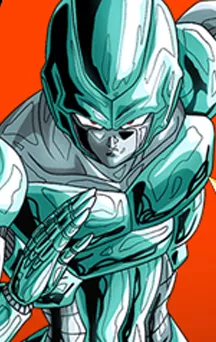





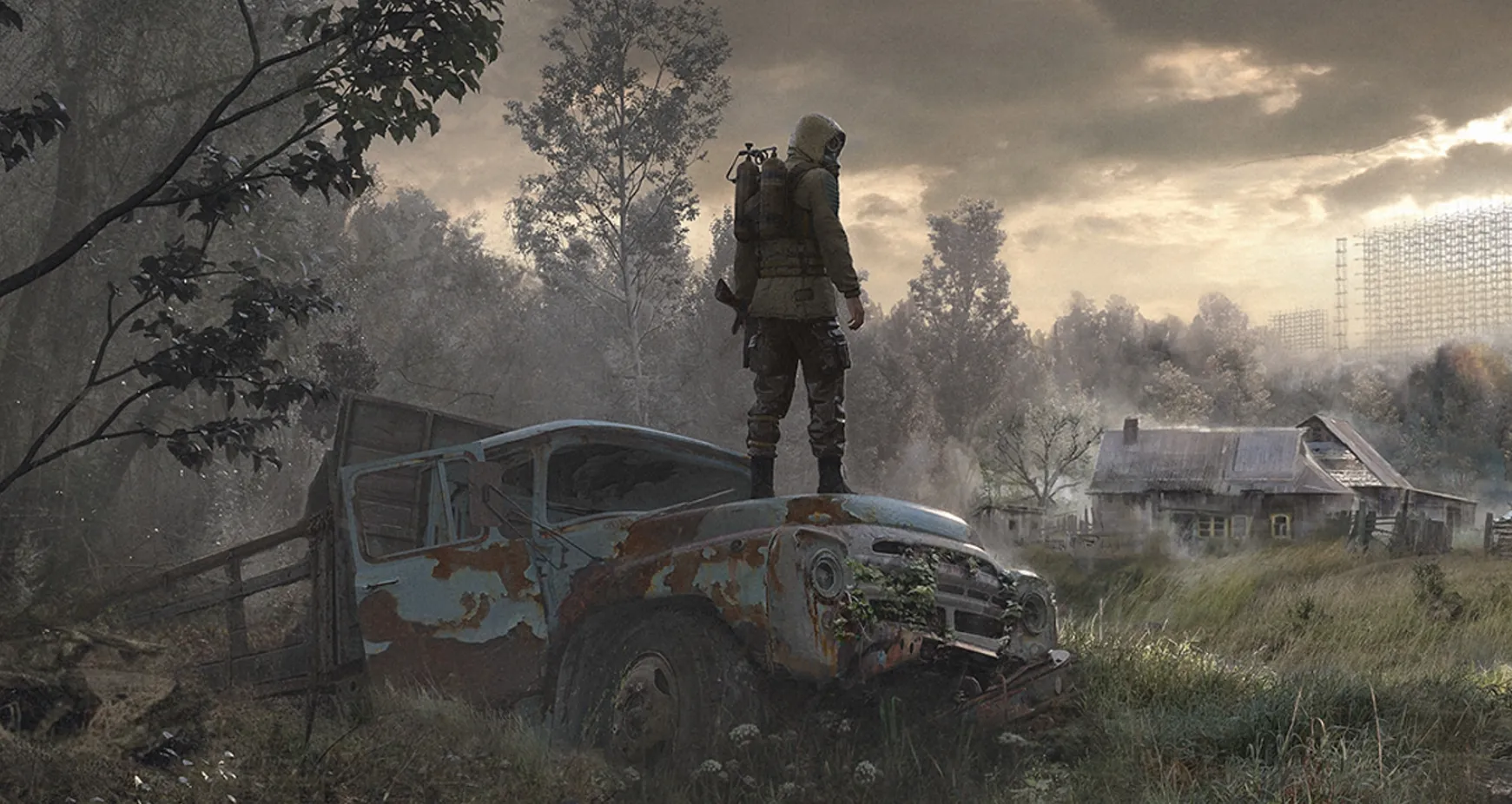




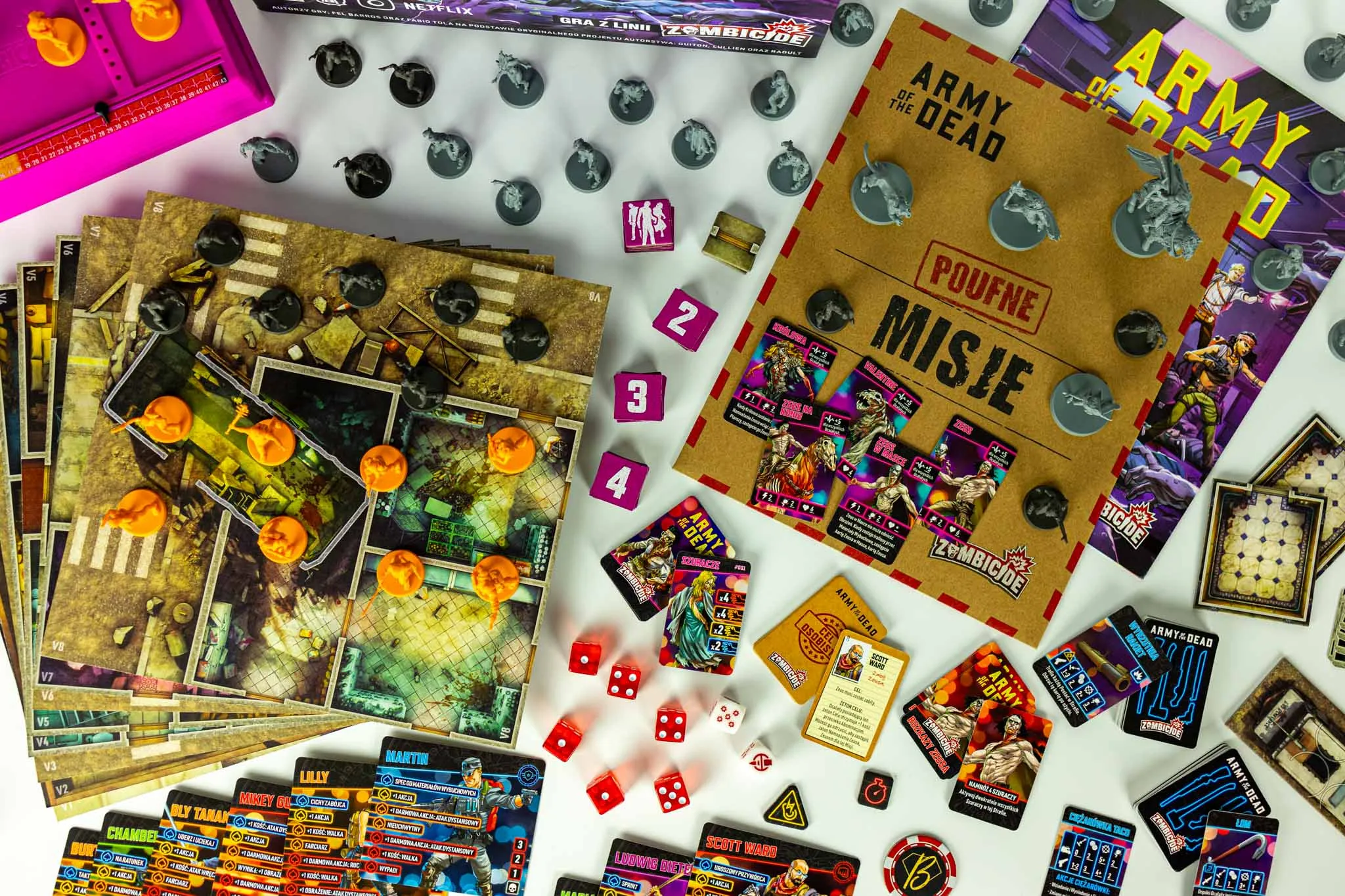
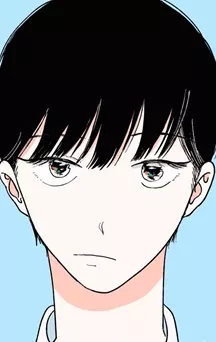
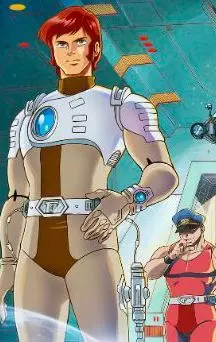















 Bengali (Bangladesh) ·
Bengali (Bangladesh) ·  English (United States) ·
English (United States) ·  Polish (Poland) ·
Polish (Poland) ·